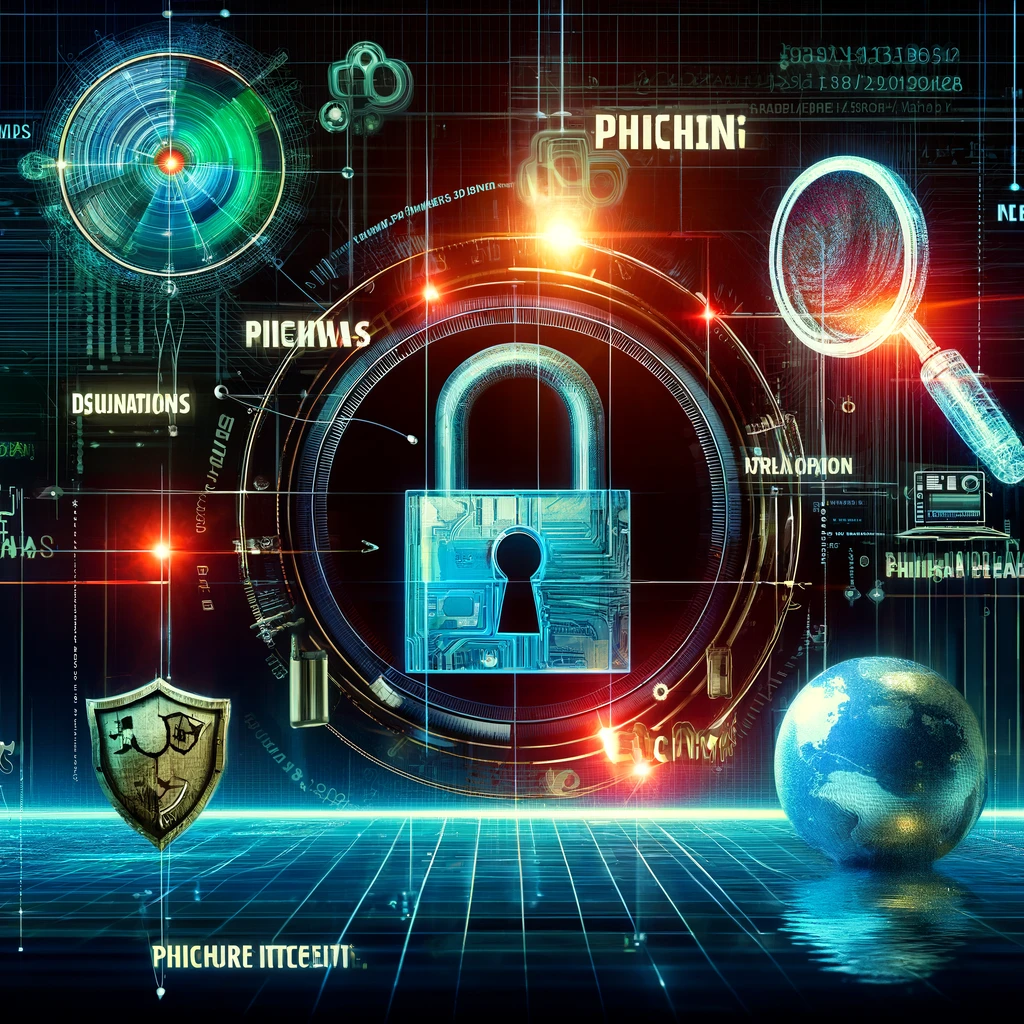
In today’s interconnected digital landscape, safeguarding sensitive information and digital assets is paramount. Cyber attacks pose a significant threat to individuals, businesses, and organizations worldwide, with attackers continuously evolving their tactics to exploit vulnerabilities. Understanding the various types of cyber attacks is crucial for implementing effective defense strategies. In this blog post, we delve into some of the top cyber attack types, equipping you with the knowledge to fortify your defenses.
Phishing Attacks: Phishing remains one of the most prevalent and deceptive forms of cyber attacks. Attackers masquerade as legitimate entities, such as banks or trusted organizations, to deceive individuals into divulging sensitive information like login credentials or financial details. These attacks often occur via email, text messages, or malicious websites. Vigilance and skepticism are key in thwarting phishing attempts.
Ransomware Attacks: Ransomware attacks have surged in recent years, causing significant disruptions and financial losses for businesses of all sizes. This type of attack involves the deployment of malicious software that encrypts files or locks users out of their systems. Attackers demand a ransom payment, usually in cryptocurrency, in exchange for restoring access. Regular data backups and robust cybersecurity measures are essential defenses against ransomware threats.
Malware Infections: Malware, short for malicious software, encompasses a broad category of harmful programs designed to compromise systems, steal data, or disrupt operations. Common types of malware include viruses, worms, Trojans, and spyware. Malware infections can occur through various vectors, including email attachments, infected websites, or removable storage devices. Employing reputable antivirus software and practicing safe browsing habits are crucial for mitigating malware risks.
DDoS Attacks: Distributed Denial of Service (DDoS) attacks aim to overwhelm a target server or network with an influx of traffic, rendering it inaccessible to legitimate users. Attackers harness a network of compromised devices, known as a botnet, to orchestrate these attacks. DDoS attacks can cripple online services, leading to downtime, reputational damage, and financial losses. Implementing robust network security measures, such as traffic filtering and rate limiting, can help mitigate the impact of DDoS attacks.
Insider Threats: Insider threats pose a significant risk to organizations, as they involve malicious or negligent actions perpetrated by individuals within the organization. Insiders may intentionally leak sensitive information, abuse their access privileges, or inadvertently compromise security through careless actions. Implementing stringent access controls, conducting regular security audits, and fostering a culture of cybersecurity awareness are essential for mitigating insider threat risks.
Supply Chain Attacks: Supply chain attacks target vulnerabilities within a business’s network of suppliers, vendors, and partners. Cybercriminals may exploit weak security practices within a supplier’s network to gain access to a primary target. These attacks can have far-reaching consequences, impacting multiple organizations within the supply chain.
Zero-Day Exploits: Zero-day exploits target vulnerabilities in software or hardware that are unknown to the vendor and have not yet been patched. Cybercriminals exploit these vulnerabilities to gain unauthorized access to systems or launch attacks without detection. Zero-day exploits can be particularly dangerous as there is often no defense or mitigation strategy in place until a patch is released by the vendor.
As cyber threats continue to evolve in sophistication and scale, staying ahead of malicious actors requires a proactive and multi-layered approach to cybersecurity. By understanding the top cyber attack types and implementing robust defense mechanisms, individuals and organizations can mitigate risks, safeguard their digital assets, and preserve the integrity of their online presence. Remember, cybersecurity is a shared responsibility, and vigilance is key in the ongoing battle against cyber threats. Stay informed, stay vigilant, and stay secure.

Penetra Cybersecurity is at the forefront of defending the digital frontier, providing cutting-edge solutions to protect businesses and organizations from the ever-evolving threats of the cyber world. Established with a mission to create a safer internet for everyone, Penetra leverages a blend of advanced technology, expert knowledge, and proactive strategies to stay ahead of cybercriminals.
Ready to take the next step towards a more secure future? Schedule a consultation with us today and discover how we can help protect what matters most to you. Don’t wait until it’s too late—with Penetra Cybersecurity, your business isn’t just secure; it’s imPenetrable.




